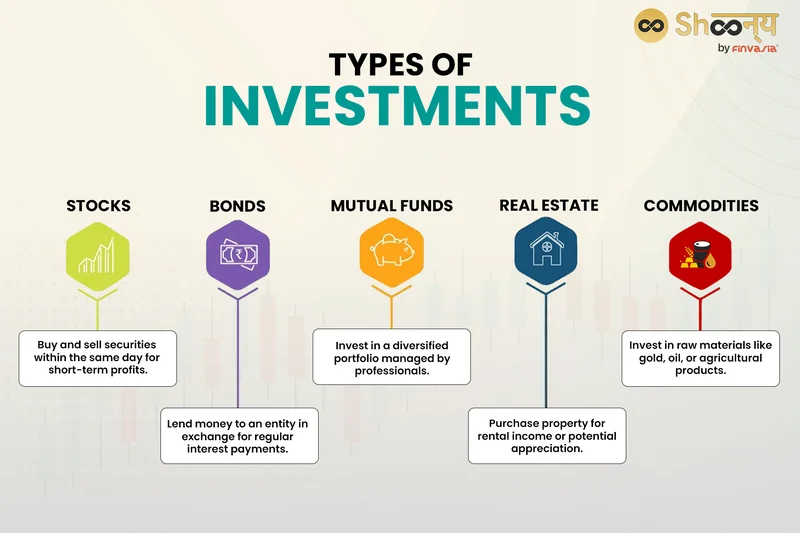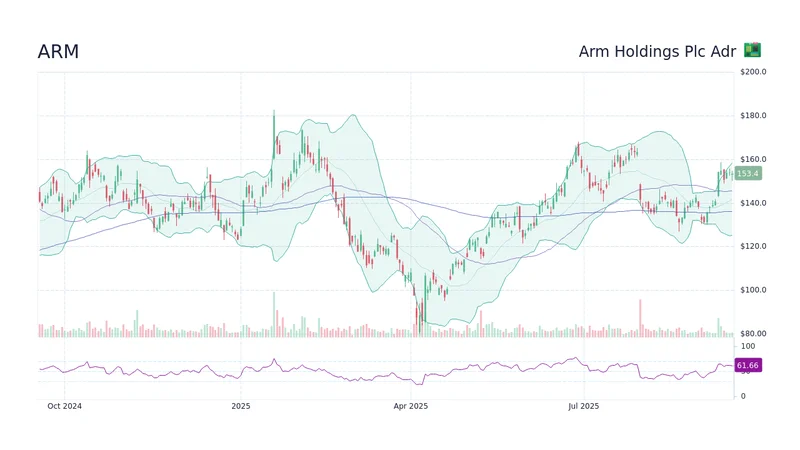Analyzing 2025's Investment Landscape: What the Data Reveals About Top Asset Classes vs. Low-Risk Alternatives
There's a quiet, pervasive myth circulating among the baby boomer generation as they navigate retirement: the myth of safety. It’s a comforting narrative, built over decades, that equates financial security with the perceived stability of savings accounts, CDs, and the avoidance of market volatility. You can almost picture the scene: a retiree sits at their kitchen table, looking at a bank statement. The number is solid, predictable. It doesn't gyrate with the daily whims of the S&P 500. It feels safe.
This feeling, however, is a dangerous illusion. The financial landscape of 2025 and beyond is not the landscape of 1985. The single greatest threat to a 20- or 30-year retirement is no longer a sudden market crash, but a slow, corrosive, and mathematically certain decay of purchasing power. This has led financial experts to outline the Top 5 Investments Boomers Should Make in Retirement — Even if It’s Begrudgingly, urging a generation raised on the gospel of capital preservation to embrace what they’ve been taught to fear: equities.
The core of the problem is a simple arithmetic mismatch. Traditional "safe" havens don't outpace inflation over the long term. They aren't designed to. They are instruments of preservation, not growth. And when your retirement timeline spans multiple decades, preservation is a losing strategy. It’s like trying to store water in a leaky bucket; you can watch the level, but you can't ignore the slow, steady drip that will eventually leave it empty. The data is unambiguous on this point.
The Inflationary Erosion Model
The prevailing advice, backed by analysis from outlets like CNBC, suggests retirees maintain a 30% to 40% stock allocation in their portfolios. This isn't a radical proposition; it's a mathematical necessity. Let's deconstruct the numbers. A 3% long-term inflation rate (a conservative estimate in the current climate) will halve the purchasing power of a dollar in approximately 24 years. A retiree at 65 planning for a life into their late 80s or 90s is facing the statistical probability that their "safely" stored nest egg will be worth half of what it is today by the time they need it most.
This is where the psychological disconnect becomes so critical. Boomers are often advised to seek comfort in traditional savings or money market accounts, which, according to U.S. News, are offering competitive rates in 2025. Rates are high, around 5%—or to be more exact, hovering between 4.5% and 5.25% for the most competitive high-yield accounts. This feels like a win. For the first time in over a decade, cash is yielding a return. But this is a nominal return, not a real one. After inflation and taxes, the actual growth in purchasing power is marginal at best, and potentially negative.
I've analyzed behavioral finance data for years, and this persistent flight to perceived safety, even when the numbers scream otherwise, is a fascinating and costly cognitive bias. The pain of seeing a portfolio drop 10% in a month is acute and immediate. The pain of losing 3% of your life savings' value to inflation over a year is abstract, invisible, and far more damaging over the long run. The market gives you feedback every single day; inflation sends you a bill once a decade, and by then it's too late to dispute it. So what’s the answer? Is a simple allocation to a broad market ETF like one you'd find in a `Vanguard` or `Fidelity` portfolio sufficient? Or do the proposed "safer" alternatives truly bridge the gap?

Deconstructing the 'Alternative' Safety Nets
The financial services industry, ever eager to productize a solution, has rolled out a suite of instruments designed to appeal to the risk-averse retiree. These are often presented as the `best investments` for a volatile world, a sort of halfway house between the futility of cash and the terror of the stock market. Let's examine the three most common: Treasury Inflation-Protected Securities (TIPS), Real Estate Investment Trusts (REITs), and target-date funds.
TIPS seem like a perfect solution on paper. Their principal value adjusts with the Consumer Price Index, theoretically guaranteeing your investment keeps pace with inflation. The problem lies in their yield and market-price sensitivity. The "real yield" on TIPS is often extremely low, sometimes even negative. While your principal is protected from inflation, your return on that principal might not be enough to generate the income you need. Furthermore, like any bond, their market price falls when interest rates rise, introducing a form of risk many buyers don't anticipate. They aren't a direct substitute for the growth potential of equities.
REITs are another popular option, offering exposure to real estate and typically providing higher dividend yields than blue-chip stocks. This makes them attractive for income generation. However, they are not a `low risk investment`. REITs are highly correlated with the economic cycle and the health of the commercial real estate market (a sector facing significant structural headwinds post-pandemic). They are, in essence, a specific type of stock with its own unique set of volatilities. They can be a component of a diversified portfolio, but they are not the silver bullet for safe, inflation-beating returns.
Finally, we have target-date funds, like those offered by `Vanguard Investments`, which automatically rebalance from stocks to bonds as an investor ages. This is a brilliant product for accumulation, removing the need for manual intervention. But post-retirement? The model’s assumptions become more questionable. Whose life expectancy are they using? What are their assumptions about spending patterns? A fund designed for the "average" 70-year-old may be far too conservative for a healthy individual with a 25-year time horizon or far too aggressive for someone with significant health concerns. It removes control in exchange for a convenience that may not align with an individual's specific reality. The very appeal of these `alternative investments` is that they seem to offer a way out of the fundamental risk/return trade-off. The data suggests they don't. They simply repackage the risk in a more palatable form.
Risk Has Been Redefined
The fundamental error in the traditional retirement playbook is a misidentification of the primary threat. For decades, risk was defined as market volatility—the gut-wrenching drops that can erase years of gains in a matter of weeks. That risk is real, but it is temporary and manageable with a long-term horizon. The new, dominant risk for a multi-decade retirement is the mathematical certainty of purchasing power erosion. It is not a possibility; it is a guarantee.
Therefore, the definition of a "safe" asset must be recalibrated. A truly safe asset is not one that protects your principal from market fluctuation, but one that protects your purchasing power from the relentless, compounding effect of inflation. By this metric, cash and traditional `fixed income investments` are among the riskiest assets a long-term retiree can hold. A 30-40% allocation to equities isn't a gamble. It is a calculated, necessary, and data-driven defense against the single greatest certainty a retiree faces. The real gamble is doing nothing and hoping the numbers work out. They won't.
Related Articles
Nasdaq Composite: what the 'rise' really means
Wall Street's Perpetual Motion Machine: Celebrating Barely Avoiding Disaster Alright, so the governm...
Comerica Bank: Locations, Phone Numbers, and Why You Can't Find a Human – Give Me a Break...
Generated Title: Comerica: Still a Bank, Or Just a Search Engine Optimization Nightmare? Okay, let's...
The 2025 Stimulus Check Proposal: Separating Political Claims from IRS Reality
The Ghost in the Machine: A Data-Driven Debunking of 2025 Stimulus Check Rumors The internet is a fa...
Firo: What's the deal?
AI's Latest Hype Cycle: Are We All Just Falling for It Again? Alright, let's cut through the bullshi...
ARM Stock: Analyzing the price surge and what comes next
ARM's Surge is a Warning Sign, Not a Victory Lap On Monday, the market did what it does best: it rea...
China's SSE Index Upgrade: Why This Signals a New Era for Global Tech & Finance
I spend most of my days thinking about the future. I look at breakthroughs in quantum computing, AI,...





